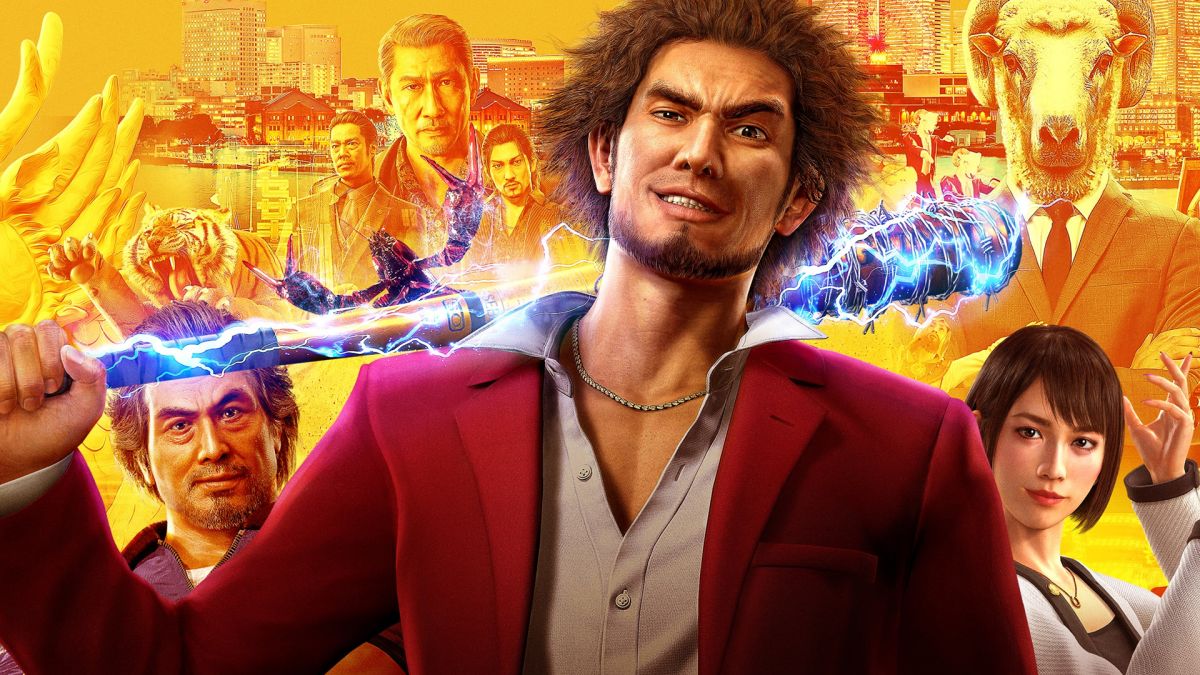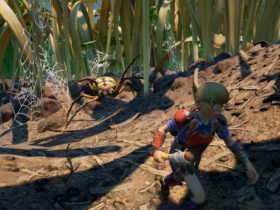Yakuza: Like a Dragon review
📱
need to know
What is it? A new Yakuza series inspired by JRPGs.
expect to pay £55/$60
developer Ryu Ga Gotoku Studio
Publisher Sega
audit date RTX 2080 Super, Intel i7-9700K, 16GB RAM
multiplayer game not any
go out November 10
association Official website
Playing a Yakuza game without series loyalist Kazuma Kiryu in the lead role will take some getting used to. But luckily for Yakuza: Like a Dragon, the seventh game in the Japanese crime epic series, it’s easy to have a crush on new hero Ichiban Kasuga. He has all the strength and determination of his predecessor, but with a goofy sense of humor, wild haircuts, and a lovable enthusiasm for everything he does – whether it’s taking on the power of the Korean mafia or hiring chickens to run a sweets shop.
Ichiban started out as a low-level gangster located in Kamurocho, Tokyo’s red-light district, and it’s the main setting for most Yakuza games. But after a series of unfortunate events, he ends up homeless in Yokohama, banished by a yakuza family, and betrayed by the most trusted man in the world. Yakuza: Like a Dragon is about Ichi putting his life back together, liquidating his past, and beating up a lot of people in the process.
(Image credit: Sega)
In many ways, this is a classic Yakuza game. It features an immersive, detailed Japanese urban setting filled with mini-games, ridiculous side quests, quirky characters and karaoke bars. The story is unlikely to be a mix of criminal conspiracy, heartfelt melodrama and slapstick comedy. When problems arise, they are usually solved with wacky violence. If you’ve played any Yakuza game before, its unique rhythm and quirks will be immediately familiar. It’s comforting to see how the series has stubbornly resisted change, even if it does mean it occasionally feels like it’s stuck in the past.
When it comes to combat, however, this is by no means a typical Yakuza game. Combo-based brawls have been replaced by a new turn-based combat system. It’s pretty standard JRPG fare, with buffs, debuffs, status effects, and a mix of weapon-based and magic-based attacks. Its simplicity is made up for by its vibrant presentation, superb animations, and snappy pacing, but choosing from a menu really lacks the satisfying brutality of standard Yakuza combat.
When problems arise, they are usually solved with wacky violence
have Some real-time elements. Press the block button the moment the enemy’s attack hits the ground, and you take less damage. And the power of some abilities can be improved by following the QTE. Overall, it’s quite a change for the series, but the new turn-based combat captures the drama, excitement, and drama of Yakuza’s traditional combat well. If you don’t mind doing each turn manually, you can automate battles, choose from AI presets, and focus on attacking, healing, and more.
The problem is, there are too many fights. Yokohama isn’t as dense or legendary as Kamurocho, and despite being several times its size, developers’ ability to capture the mundane details of everyday Japanese life is as strong as ever. I just wish I could enjoy the place at my own pace and not encounter a horde of enemies every thirty seconds and around every corner. Having to constantly stop and fight really diminishes the immersion and sometimes makes me not want to explore the city at all.
(Image credit: Sega)
In previous Yakuza games, you’d often be stopped by thugs in the street looking for a fight, but the fight is over quickly and pretty seamless. Here, the endless transitions of turn-based combat really spoil the flow of exploration. You feel like you are interrupted, not that these encounters are an integral part of the world. The sheer volume of battles means that the novelty of your party’s ridiculous special abilities quickly wears off, which in turn makes battles incredibly repetitive.
This also extends to dungeons. Filled with unremarkable loot and nonstop combat, these labyrinthine collections of bland corridors marked a true low point for the series. Especially a frustratingly difficult trek through a maze of identical-looking concrete tunnels with no fun, I was stunned that it made its way into the final game. When I finally escaped this dreary place, I couldn’t help laughing when the game told me that I could come back as long as I wanted to farm for experience points and fight rare enemies. Thanks, but no thanks.
The endless in and out turn-based combat really spoils the flow of exploration
It’s a shame because when the battle doesn’t let you down, there are moments of glory like dragons. I love hanging out with my party between missions, singing karaoke, talking bullshit, and drinking beer at the many dive bars in Yokohama. The characters are colorful and funny, as you’d expect from the series — especially Namba, a tough but kind homeless man who gets some of the funniest lines in the game. I must admit, as contrived and smelly for fan service as some cameos from classic gangster characters, I was blown away.
I also have to thank the developers for the enemy’s design. The fact that much of what you see in combat takes place in Ichi’s frenetic, RPG-obsessed imagination gives developers enormous creative freedom – meaning you’re no longer the same as the hordes Thugs and gangsters fight. Enemies include cooks, greasers, cultists, flashers, otakus, and dancing freaks disguised as trash bags. When you defeat enemies, they are added to a fun Pokédex app on your smartphone called Sujidex.
(Image credit: Sega)
Yakuza games always tell great stories, but Like a Dragon lacks the excitement and focus of Yakuza 0, which is still the highlight of the series. There are some great scenes, especially in the first few scenes. Ichiban crawling out of the gutter trying to make a name for himself in Yokohama, with Nanba and a grumpy ex-cop named Adachi in the back, is the best moment in the game. But the overall narrative is rather weak, with a twisty rhythm and some somewhat ridiculous twists (even for the underworld) near the end.
For returning Yakuza players, Like a Dragon ties together some of Yakuza 6’s loose ends. But otherwise, it’s a brand new standalone story, which makes it a convenient entry point for newcomers to the series. Still, between the disappointing plot and repetitive combat, I still think Rulong 0 is the best introduction to these games.catch like a dragon Some That very special Yakuza magic brand, but not all. Still, if the dense storytelling of six games sounds like too much (especially since only three of them are currently available on PC), here’s your chance to skip it all.
Like a Dragon is one of the most lopsided Yakuza games in the series. Many times, you can’t help but be drawn to its quirky charm, lovable characters, and moments of warmth and absurdity. Then, at other times, you’ll be praying that the turn-based combat is over as you walk through yet another series of boring, identification hallways. Namba throws beans at the enemy and has a bunch of scruffy crows peck them to death, the first ten, maybe twenty times are fun. But what about five percent? Not so much.
Today’s Deals
Discover more articles in our categories Gaming & News & Anime.
Thanks for visiting we hope our article Yakuza: Like a Dragon review
, we invite you to share the article on Facebook, twitter and whatsapp with the hashtags ☑️ #Yakuza #Dragon #review ☑️!














Leave a Review